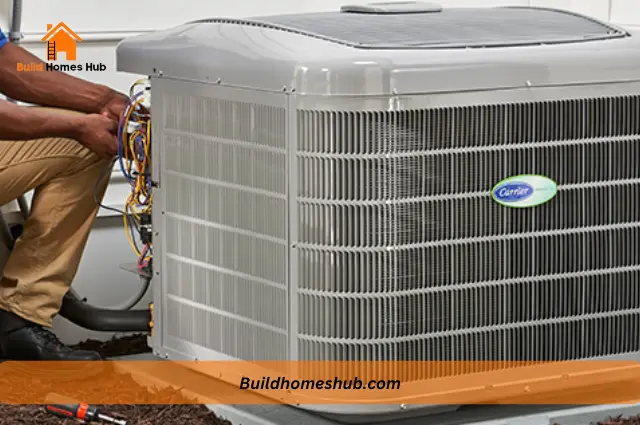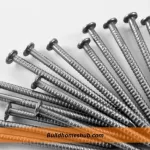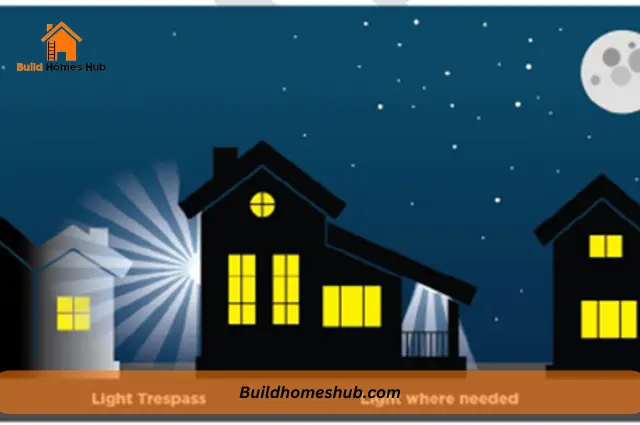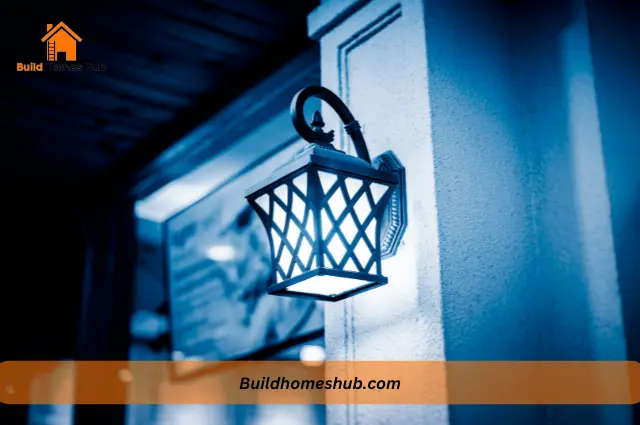Choosing the right furnace for your home or building is a critical decision that can significantly impact both your comfort and energy costs. One of the most important factors to consider is the size of the furnace, as getting this aspect right can lead to efficient heating and a cosy living space.
However, the dilemma lies in whether to undersize or oversize the furnace as each option has its own advantages and disadvantages. In this post, we will look into the considerations surrounding the sizing of furnaces, aiming to shed light on which approach might be better suited for your specific needs and climate conditions.
Is It Better to Undersize or Oversize a Furnace?
Generally, it is better to undersize a furnace. However, getting the correct size for your home is much better for it to function efficiently and effectively. Both undersizing and oversizing have their drawbacks.
An undersized furnace may struggle to heat your home adequately, especially during extreme cold weather. On the other hand, an oversized furnace will heat your home quickly, but it may cycle on and off frequently, leading to what is known as “short-cycling.”
So, neither undersizing nor oversizing is desirable. The best option is to get a furnace that is correctly sized for your space. An HVAC professional can conduct a load calculation to determine the right size of furnace for your home, considering factors such as your home’s size, insulation, and climate.
Advantages of Oversizing a Furnace
1. Rapid Heating
An oversized furnace can quickly raise the indoor temperature, making it beneficial in extremely cold climates or during sudden temperature drops. This can be particularly advantageous if you need to warm up your home or building quickly.
2. Fewer Runtime Hours
Since an oversized furnace can generate more heat than is necessary for the space, it may reach the desired temperature faster. As a result, the furnace will have shorter runtime periods and may cycle off more frequently, which could be perceived as an advantage by some homeowners.
Disadvantages of Oversizing a Furnace
1. Higher Upfront Cost
Larger furnaces are generally more expensive to purchase and install. Oversizing a furnace may result in spending more money upfront for a unit that exceeds your actual heating needs.
2. Reduced Energy Efficiency
Oversized furnaces often operate in short cycles, turning on and off frequently to meet the heating demand. These short cycles are less efficient and can lead to increased energy consumption, which, in turn, may result in higher utility bills.
3. Uneven Heating
An oversized furnace may need to run longer to distribute heat evenly throughout the space. As a consequence, certain areas may become overly heated while others remain cooler, leading to discomfort and potential wastage of energy.
4. Increased Maintenance
Frequent cycling on and off can put extra stress on the furnace’s components. The increased wear and tear may lead to more frequent breakdowns and a higher likelihood of requiring maintenance or repairs.
5. Reduced Lifespan
The strain caused by short cycling can contribute to premature wear and tear on the furnace, potentially shortening its overall lifespan. An oversized furnace may experience more frequent breakdowns and may need to be replaced sooner than expected.
6. Inadequate Humidity Control
Oversized furnaces may not provide adequate time for air to circulate through the system and remove moisture properly. This can result in reduced humidity control, leading to a dry indoor environment, which can negatively impact comfort and health.
Advantages of Undersizing a Furnace
1. Lower Upfront Cost
An undersized furnace is typically less expensive to purchase and install compared to a larger unit. This can be beneficial for those on a tight budget or looking to minimize their initial investment.
2. Better Energy Efficiency
An appropriately sized furnace will run more frequently and for longer periods to meet the heating demand. This continuous operation can lead to improved energy efficiency, as the furnace operates closer to its optimal efficiency range.
3. Reduced Short Cycling
An undersized furnace is less likely to experience frequent on/off cycles (short-cycling) since it needs to run continuously to maintain the desired temperature. This reduces energy waste and can help prolong the life of the furnace.
4. Even Heating Distribution
Since an undersized furnace runs longer, it provides more time for the heated air to circulate throughout the space, resulting in more even heating distribution and fewer hot and cold spots.
Disadvantages of Undersizing a Furnace
1. Inadequate Heating
The most significant drawback of under sizing a furnace is its inability to meet the heating demands of the space adequately. During extremely cold weather or in poorly insulated areas, an undersized furnace may struggle to reach and maintain the desired temperature, leading to discomfort.
2. Increased Wear and Tear
An undersized furnace will continuously run to try to keep up with the heating load, which can put more stress on its components. This increased workload may lead to more frequent breakdowns and higher maintenance costs.
3. Reduced Lifespan
The additional strain caused by constant operation can decrease the lifespan of an undersized furnace, potentially requiring replacement sooner than a properly sized unit.
4. Inefficient Performance
While continuous operation can improve energy efficiency to some extent, an undersized furnace may still end up consuming more energy than necessary since it has to work harder and longer to maintain comfort.
5. Limited Humidity Control
An undersized furnace may not provide sufficient airflow to effectively control indoor humidity levels, potentially resulting in an overly dry or humid environment, depending on the climate and weather conditions.
What is a Load Calculation in HVAC and How is it Conducted?
A load calculation in HVAC is a process used to determine the heating or cooling needs of a building. The calculation helps in correctly sizing the HVAC system for the building, ensuring that the system can maintain comfortable indoor temperatures and operate efficiently. This process is also known as a Manual J calculation, a term from the Air Conditioning Contractors of America (ACCA).
The calculation takes into account several factors:
- Size and Layout of the Building: The total square footage, the number of rooms, and how they’re arranged can affect how much heating or cooling is needed.
- Insulation: Well-insulated buildings don’t lose as much heat in winter or gain as much in summer, so they don’t need as large an HVAC system.
- Building Materials: The type of construction materials used can affect how quickly heat is gained or lost.
- Windows and Doors: The number, size, type, and location of windows and doors affect how much heat is lost or gained.
- Local Climate: Buildings in colder climates require more heating capacity, while those in warmer climates need more cooling capacity.
- Occupancy: The number of people living in the building. Human bodies generate heat, so the more people in a building, the more heat it generates.
- Appliances and Lighting: These also generate heat that can affect the building’s cooling needs.
- Orientation of the Building: How the building is oriented in relation to the sun can affect how much solar heat it gains.
A professional HVAC technician usually performs the load calculation. Today, they often use computer software that makes the process easier and more accurate. DIY online calculators also exist, but professional calculations tend to be more reliable because of the complexity involved in considering all of these factors.
Conclusion
When deciding whether to undersize or oversize a furnace, the consensus leans towards under sizing as the better approach.
Undersized furnaces offer several advantages, including improved energy efficiency, reduced short cycling, even heating distribution, and potential cost savings on upfront expenses. Their continuous operation ensures optimal performance and, in turn, a longer lifespan for the heating system. Additionally, undersized furnaces tend to provide better humidity control, fostering a more comfortable indoor environment.
I hope to help you make the right choices with my content. I am passionate about building new homes and renovations. Follow me, on my socials, I drop nice stuff that may be helpful.











